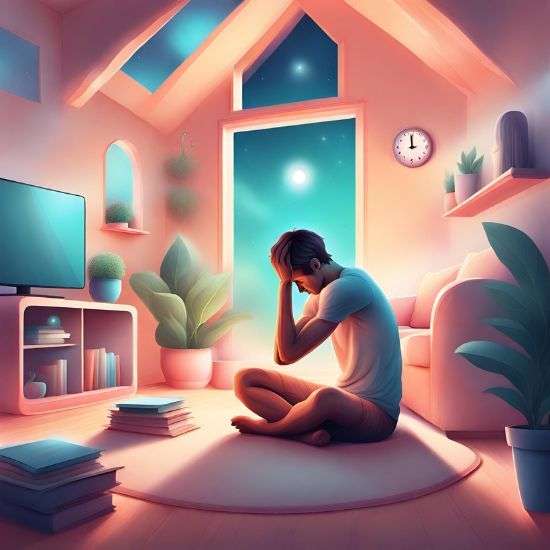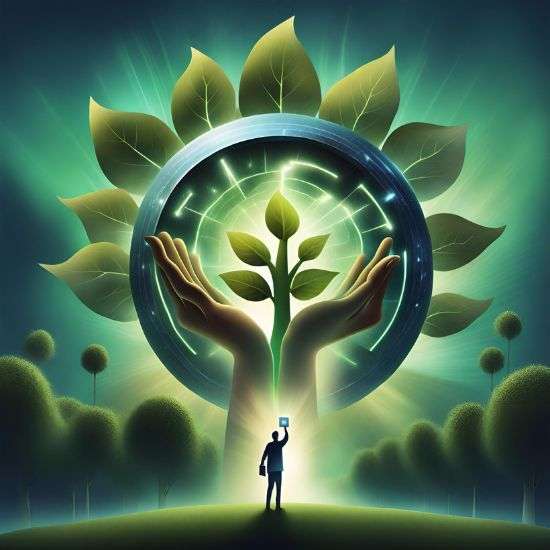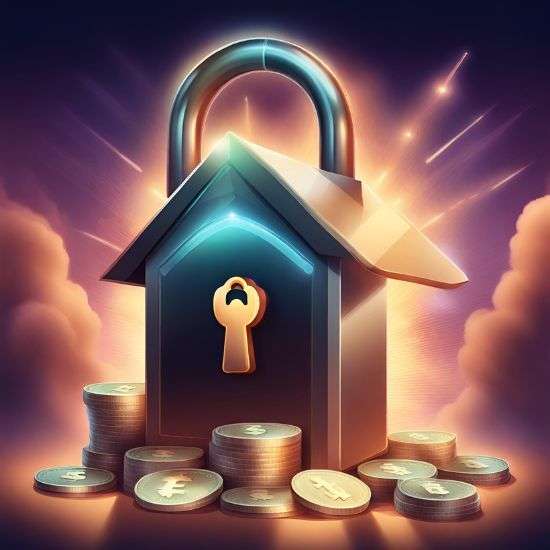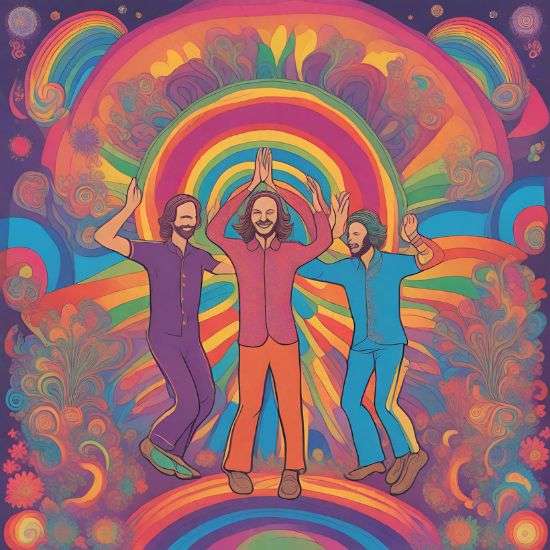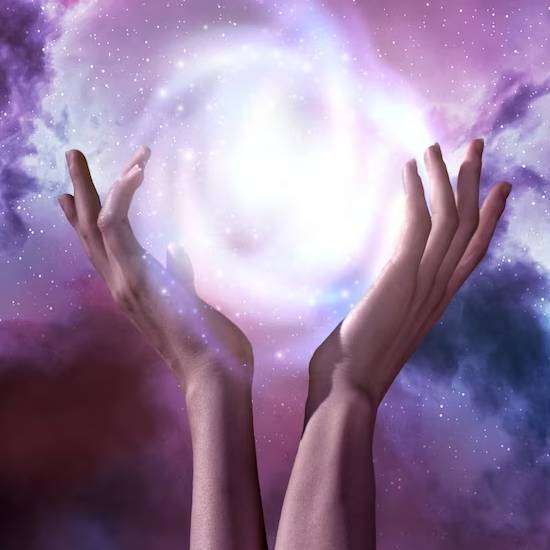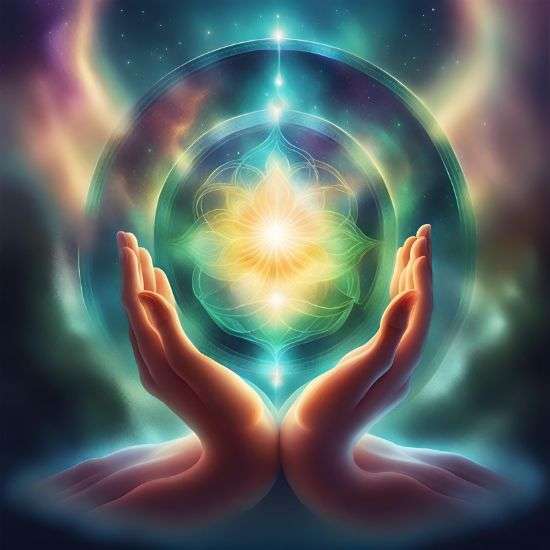Introduction
Reiki, the Japanese art of channeling universal life energy for healing, incorporates sacred symbols that play a significant role in energy work. These symbols are revered for their ability to amplify the healing potential of Reiki sessions. In this article, we’ll delve into the world of Reiki symbols, their meanings, and how they enhance the practice of Reiki.
What Are Reiki Symbols?
Reiki symbols are ancient and sacred symbols that have been used in various forms of energy healing for centuries. In Reiki, they are employed as tools to focus and direct the flow of universal life energy (Ki) during a session. Each symbol carries a unique energy and purpose, allowing Reiki practitioners to fine-tune their healing intentions.
Common Reiki Symbols
- Cho Ku Rei (Power Symbol)
-
- Meaning: Cho Ku Rei is often called the “Power Symbol” because it enhances the power of Reiki. Its primary purpose is to increase the flow of energy and to draw the energy into the physical body.
- Usage: Practitioners typically draw this symbol before beginning a Reiki session. It can also be used to seal or lock in the energy at the end of a session.
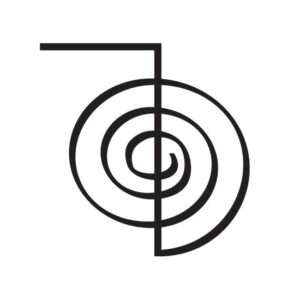
- Sei He Ki (Mental and Emotional Symbol)
-
- Meaning: Sei He Ki is known as the “Mental and Emotional Symbol.” It is associated with mental and emotional healing, making it useful for addressing issues related to stress, trauma, and negative thought patterns.
- Usage: This symbol can be used to heal emotional wounds and to bring balance to the mind. It is often used in situations where emotional healing is required.
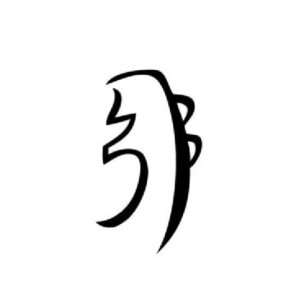
- Hon Sha Ze Sho Nen (Distance Healing Symbol)
-
- Meaning: Hon Sha Ze Sho Nen is the “Distance Healing Symbol.” It allows Reiki practitioners to send healing energy across time and space, making distant healing possible.
- Usage: When practicing distant healing, this symbol is drawn and used to connect with the recipient’s energy, regardless of their physical location.
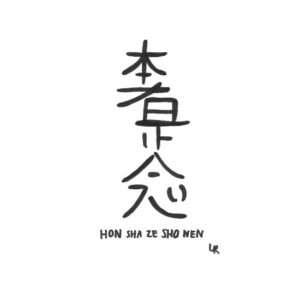
- Dai Ko Myo (Master Symbol)
-
- Meaning: Dai Ko Myo is the “Master Symbol” and is associated with the highest level of Reiki. It represents enlightenment and spiritual growth, promoting a sense of oneness and inner peace.
- Usage: This symbol is typically taught at the Master/Teacher level of Reiki and is used to initiate others into Reiki. It can also be used in energy work to enhance spiritual healing.
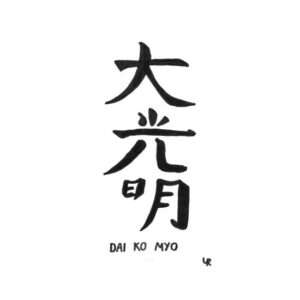
Drawing and Activating Reiki Symbols
Reiki symbols can be drawn either physically with your hand, mentally through visualization, or even in the air. The process typically involves focusing your intention on the symbol, drawing it, and mentally or audibly chanting its name three times to activate it.
Conclusion
Reiki symbols are powerful tools that enhance the effectiveness of Reiki healing sessions. They allow practitioners to fine-tune their energy work and address specific physical, emotional, and spiritual concerns. As you progress in your Reiki practice, you’ll gain a deeper understanding of these symbols and how to use them effectively to bring healing, balance, and harmony to yourself and others. Embrace the wisdom of these ancient symbols as you continue your journey into the world of Reiki.

